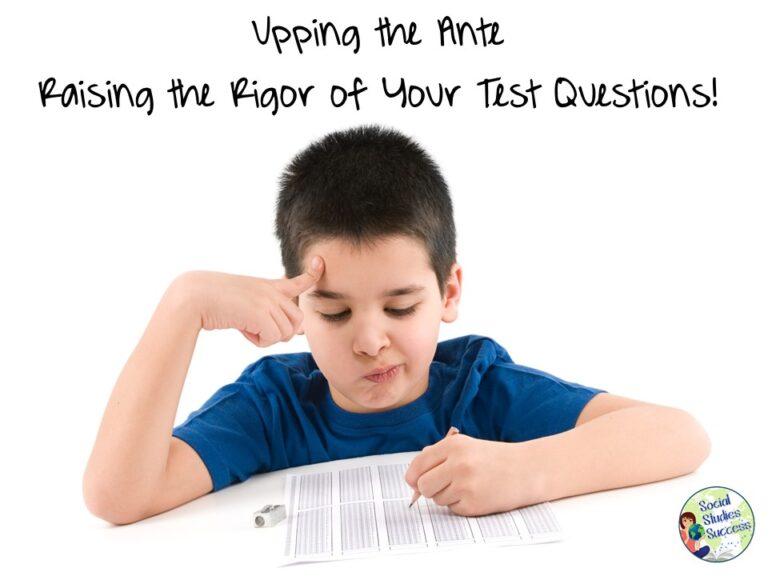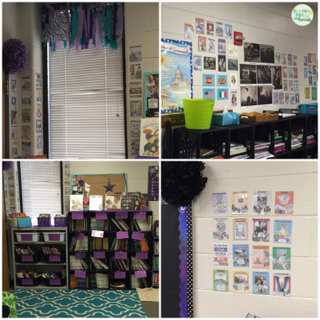When I look back at the tests I wrote as a beginning teacher, I cringe. It was trivial pursuit – 30 low level “do you know these random facts” questions. I wasn’t truly assessing what I need my students to learn, and more importantly for my students’’ long term success, I wasn’t testing social studies skills! Primary sources rarely made it to my tests, and forget about analyzing maps, charts, diagrams, etc. – not there either!
But then “STATE TESTING” happened, and all of a sudden our students weren’t perepared. The tests they have been taking for years were the same as mine, and out students were struggling. In many cases, they still are. What can we do to make sure our students are prepared?
1. Test at the level of the assessment, and
2. Teach at the level of the assessment.
Sounds simple doesn’t it? However significant change has to occur before than can happen.
The first step is to study release tests from your state. What patterns emerge? On the Social Studies STAAR in the state of Texas, I have found an increase in the difficulty of the vocabulary, a huge emphasis on dual coded questions and higher level reading requirements in the question stem, answer choices and distractors. The primary source excerpts are obscure and students are often required to read language that is unfamiliar to them. The test has shifted away from skill in isolation questions to dual coded questions – requiring students to bring background knowledge to a question and combine it with a skill – usually inferencing or drawing conclusions. More than 60% of the test is dual coded with a stimulus and skill. Are your tests 60% dual coded?
|
This is what I found in the STAAR test!
|
|
Don’t forget to look for clues in the answer key!
|
|
These standards are used all the time!
|
After you have analyzed the test for patterns, break apart the standard – What is it really asking your students to do. Pay attention to the level of thinking required, any key words that might indicate how the question will be asked and content terms the students will need to know.
How can you make your question dual coded? Pull in a stimulus AND a skill. A stimulus could be anything from an image, map, chart or quote, and you will want to focus on the literacy skills.
|
The final result!
|
Now you are ready to write your question! Let me know how the process works for you! If you are interested in additional training on this topic – contact me through my Professional Development page.








